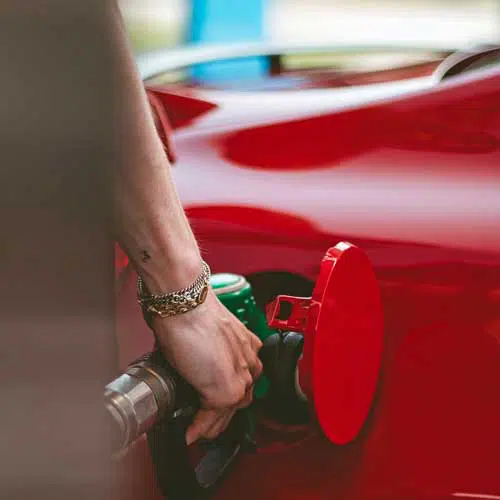With gas stations and convenience stores feeling the economic pinch from the slowdown in sales caused by the Covid-19 pandemic and uncertainty over the economy, Transaction Network Services Inc. announced a new pricing structure to help cut station owners’ telecom-network installation costs for EMV at the pump.
Transaction Networks Services (TNS) will defer monthly payments at the start of a multiyear contract for the installation of telecom systems that enable the point-of-sale system to communicate with in-pump EMV card readers. For example, a fuel retailer entering into a three-year contract with TNS may have payments deferred for the first three months of the contract. Merchants entering into a four-year contract may have payments deferred for the first four months.
Under card-network rules, gas-station owners have until April to become EMV-compliant. Non-compliant owners will have to assume liability for fraudulent transactions.

“The telecom network is just one piece of the puzzle to EMV upgrades and we are trying to incent fuel retailers to transition to EMV sooner, rather than closer to next April’s deadline, by deferring the cost of network installation for those willing to enter into longer-term contracts at a time when budgets are tight and profits are down,” says Dan Lyman, head of payments markets, North America, for TNS.
Station owners upgrading to EMV at the pump typically need to have telecom-network solutions certified by their POS-system provider.
Station owners that wait to install EMV will see higher installation costs not just for the telecom network, but for all aspects of the EMV upgrade, because of a shortage of technicians to facilitate the installation, Lyman warns.
Citing research from Conexxus Inc., which develops technology standards for convenience stores and gas stations, TNS says overall network installation costs rise 14% six months prior to deadline compared to a baseline, 23% three months before deadline, and 33% at the deadline, on average. Merchants that complete installation post-deadline will see a 31% increase.
“If there is a run on network installation leading up to the deadline, that will create a run on labor that will raise installation costs,” Lyman, who adds the same economic principles apply to EMV installation overall. “We have one customer that has already deferred installation until profits are up again.”
As part of its push to entice fuel retailers to convert to EMV at the pump sooner rather than later, TNS is educating merchants not just about the risks if they are not EMV-complaint at the deadline, but also the potential to leverage new fuel-dispenser technology to engage consumers at the pump in a way that can lead to more sales. Television monitors at the pump, for example, can display ads that prompt consumers to purchase additional items in the stations’ convenience store and that generate advertising revenue, Lyman adds.
“Converting to EMV is a significant expense,” Lyman says. “But the liability that will come from avoiding that conversion is even greater.”





